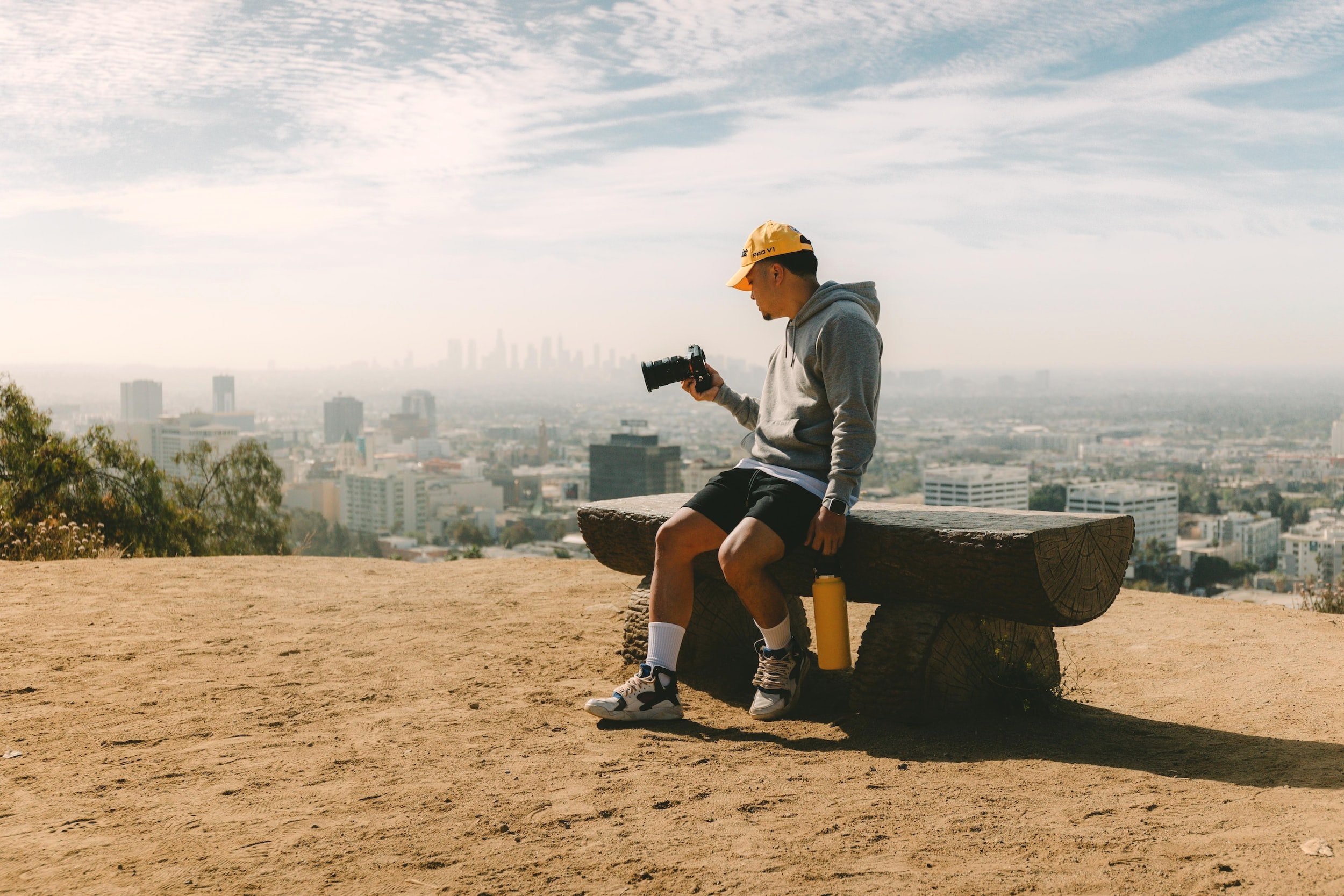
(Estuye, n.d.)
The ‘Art of Photography’ learning resource is a fun, yet informative lesson design provided by Media Knite that aims to teach students the complexities of composition and the impact that ‘good’ composition can have in photography (Media Knite, 2023). This resource is found in the form of a PDF document and provides an extensive list of information surrounding composition and shot types, followed by some productive making and responding activities.
I was drawn to this resource because I thought that learning the skills of photography is always one of the more enjoyable and exciting tasks in media arts and I believe that year 7 and 8 students would appreciate being exposed to it early and engaging in some practical activities. Photography is often an aesthetic pleasure for a lot of students, so I believe that this would be a great line of content to spark creativity and expose students to some fun but purposeful learning content. Furthermore, this ‘Taking Photographs’ document provides a lot of options and freedom for students to pursue a subject matter of interest.
(Media Knite, 2023)
The design of this resource is simple, user-friendly, and can easily be navigated from top to bottom. The resource gives an overview of the different shot types in photography and is followed by a list of composition techniques that will set students up to progress into learning tasks informed and ready to use the skills they’ve learnt. Each sector of composition or shot type is accompanied by an image example, allowing students to get a grasp of what the photograph type is supposed to look like. There are 3 activities provided that collectively ask students to imitate different compositions or shot types, create a photo sequence, and reflect upon the work that has been undertaken. These activities comfortably meet the requirements of the Australian Curriculum Making and Responding strands, and can easily be adjusted to any year level.
In line with the Australian curriculum’s year 7 and 8 bands, this resource actively seeks to meet the requirements of the content descriptor (ACAMAM069), where students work to “plan, structure and design media artworks that engage audiences” (ACARA, 2010). This resource provides students with the opportunity to “[manipulate]… camera angles to create mood and setting” (ACARA, 2010), apply manipulation to strengthen point of view, and demonstrate awareness of the conventions in media practices. Through participating in these activities, students will engage in critical and creative thinking and will become more experienced in using photography communication technologies (ACARA, 2010).
For educators, student participation and levels of engagement could be strengthened through encouraging collaborative learning, as students will learn through each other and receive feedback to collectively gain a broader understanding of the task. The 3 tasks could be spread across a number of weeks/lessons, or a select number of composition or shot types could be focused on per week to provoke more meaningful learning progression.
(Bidun, 2020)
References:
Australian Curriculum, Assessment and Reporting Authority (ACARA). (2010). Media Arts F-10 Curriculum. https://www.australiancurriculum.edu.au/f-10-curriculum/the-arts/media-arts/
Bidun, S. (2020). Rule of Thirds in Portrait Photography. [Image]. Bidun Art. https://bidunart.com/rule-of-thirds-in-portrait-photography/
Estuye, L. (n.d.). Photographer ready to shoot over Los Angeles. [Image]. Unsplash. https://unsplash.com/@lucreative
Media Knite. (2023). The art or practice of taking and processing photographs. [web resource]. http://www.mediaknite.org/photography-2/



